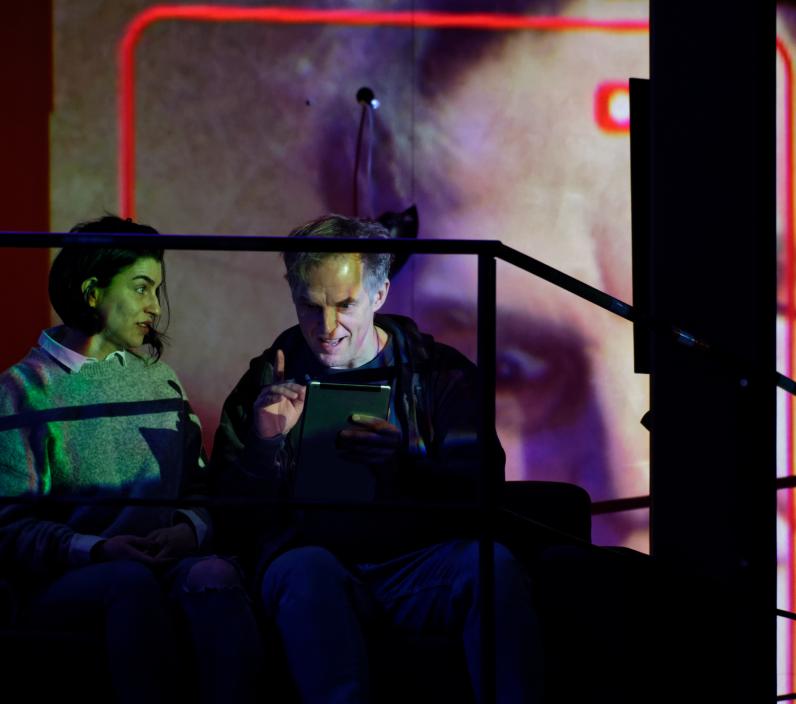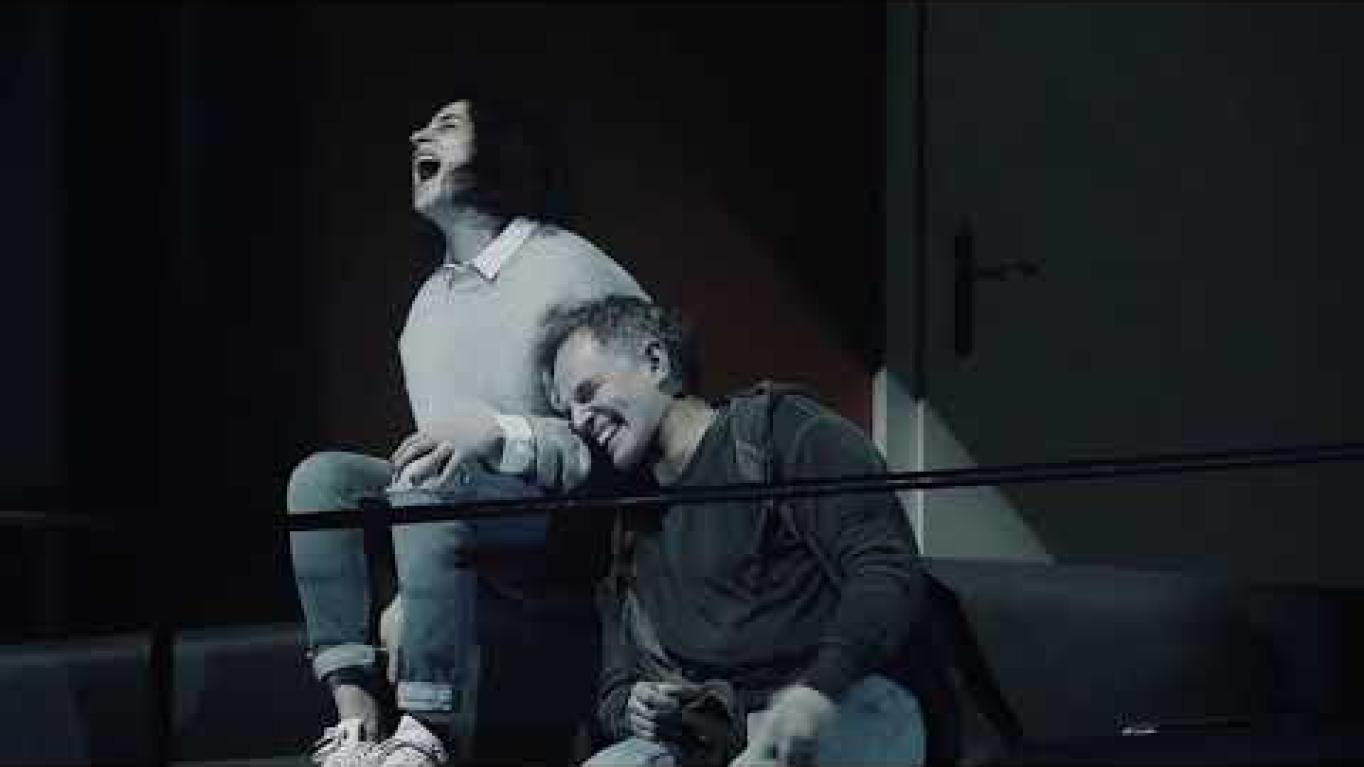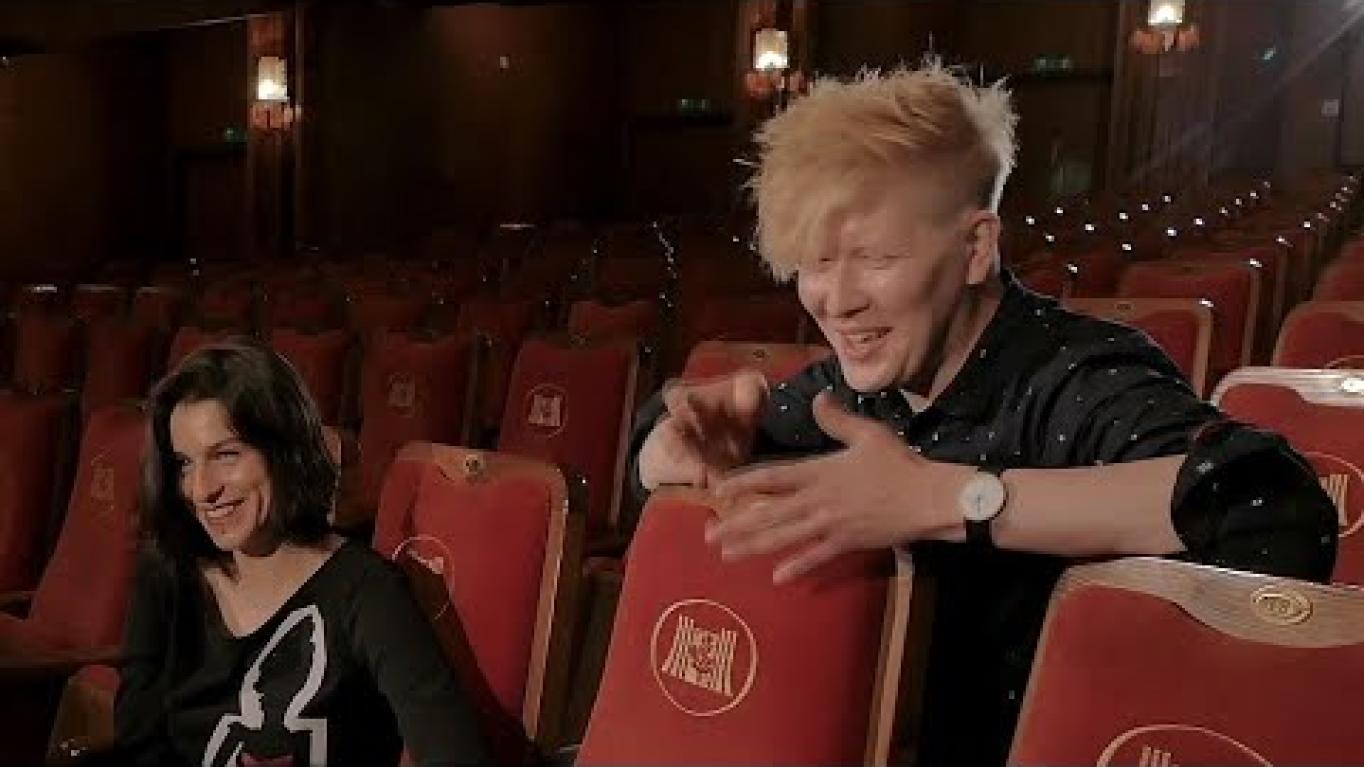

Russian roulette in Roulettenburg
When Sergei Prokofiev was 18 years old, he became fascinated with Fyodor Dostoevsky’s short novel The Gambler. Published in 1866, the novel treated a subject not unfamiliar to its author: gambling. Indeed, Dostoevsky himself was caught up in an addiction to roulette which left him with crippling debts. To settle them, he agreed on a hazardous contract - itself a bet of sorts - that if he did not deliver a novel by a strict deadline, his editor would acquire the right to publish his works for nine years, without him receiving any compensation. The story he chose to dictate to his stenographer Anna Grigorevna carried many autobiographical traits.
It revolves around a strange group of people who, on the verge of financial ruin, are waiting in the fictional spa town of Roulettenburg for the blessing of a substantial, all-redeeming inheritance. Lusting for money as much as for affection, their hopes are dashed and their prospects doomed. The chapter in Dostoevsky’s own life, however, ended happily. With Grigorevna’s help, he was able to finish the manuscript on time. A month later, the novel’s author and stenographer were engaged to be married.
A language for strong emotions
In September 1915, the midst of World War I, Prokofiev, now aged 23, enrolled once again into conservatory to avoid military service. Escaping into the world of Dostoevsky’s novel, he decided to follow through with his plan to turn it into an opera. Working frantically, he transposed it into a libretto himself. He shortened some dialogues, expanded others and completely rewrote the roulette scene. According to his autobiography, the opera was composed during a time in which he was searching for ‘a language for strong emotions’. The result is a fast-paced, radically anti-Romantic work consisting of continuous musical declamation. As Prokofiev refrained from the use of arias, choral and ensemble pieces, apart from brief declamatory interjections in the roulette scene, the orchestra alone is responsible for the protagonists’ personal characterisation.
The music of Prokofiev has a typical trail of the composers of anxiety-age. It is a twentieth century aesthetic with a strong sense of disaster. At the time, geopolitical intercontinental plates seemed to have begun to rub against one another... Naturally, this was reflected in the music as well.
The piano reduction was completed in only five and a half months and the full score was ready in January 1917. The first orchestra rehearsal still took place in January. However, the singers protested against parts they considered to be too difficult and the production was ultimately abandoned in May 1917 after the Russian Revolution in February.
The work would not be premiered until a decade later. Between 1927 and 1928, Prokofiev revised The Gambler’s vocal parts and instrumentation. In a letter to the composer Nikolai Myakovsky, he wrote that it was ‘essentially a completely new version, although the main themes and the plan remained the same’.
The ten years that had passed since the composition gave me the opportunity to see clearly what was music in it and what was filling it with terrible chords. I threw these passages out and replaced them with others that I took mainly from those sections that I thought were successful.
The new version finally premiered on 29 April 1929 at the Théâtre Royal de la Monnaie in Brussels in a French translation by Belgian writer Paul Spaak. The production proved to be very successful and remained on the programme for two years. The opera’s reception history in Russia, however, was more problematic. Attempts to stage the opera in Leningrad or Moscow failed, as Prokofiev was considered an enemy of the system after his emigration in 1918. After his return home in 1936, The Gambler no longer conformed to the current ideology of Socialist Realism. As a consequence, its Russian premiere under the baton of Gennady Roshdestvensky only took place in Moscow in 1963.
Dostoevsky is Prokofiev is Barkhatov
In the Lithuanian National Opera and Ballet’s production, which premiered in February 2020, director Vasily Barkhatov stayed as close to Prokofiev’s opera as the composer himself did to Dostoevsky’s novel. Recalling the time he was directing Eugene Onegin in Vilnius in 2012, he states: ‘I often emphasized that the opera should not be confused with Alexander Pushkin's work; here and now, the opposite is true: the opera equals the novel. Thus, The Gambler is Dostoyevsky according to Prokofiev.’
Barkhatov was inspired by the first paragraph in Dostoevsky’s novel, which describes how people usually imagine casinos: gambling tables and evening dresses, diamonds and champagne. The reality, the author warns us, is far darker and more dangerous. Barkhatov, therefore, decided to emphasise the disconnect between fantasy and reality. He translated the plot into today’s world, set in a shabby hostel where gambling has moved into the virtual realm. This choice underlines how ‘just as a true alcoholic doesn't care about what's in his cup - Cristal champagne or Chypre cologne, a gambler doesn't care how to gamble’. The outcome is a study in loneliness.


